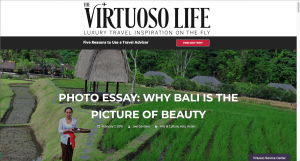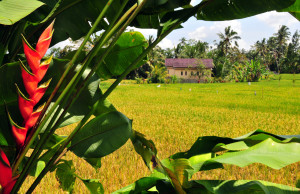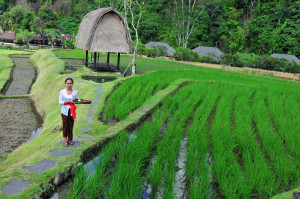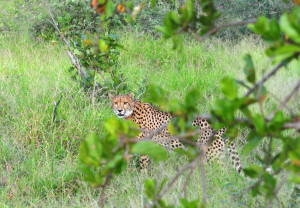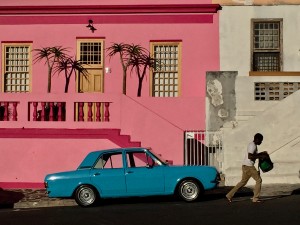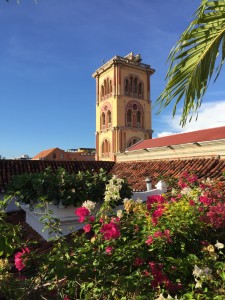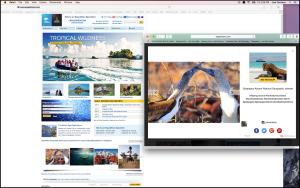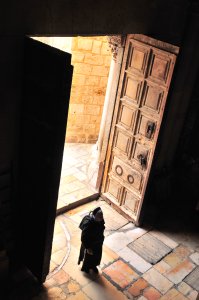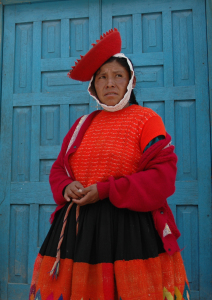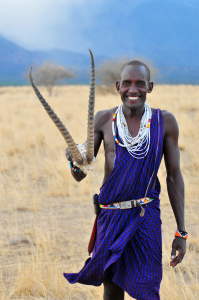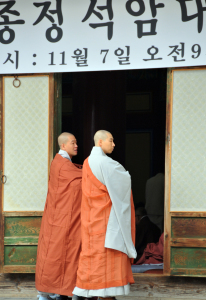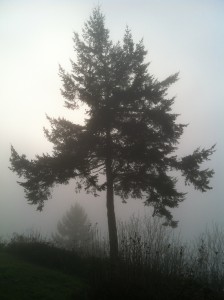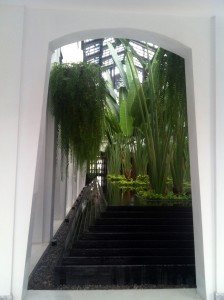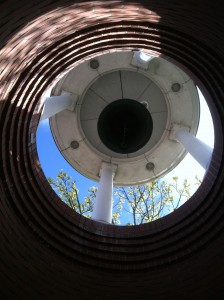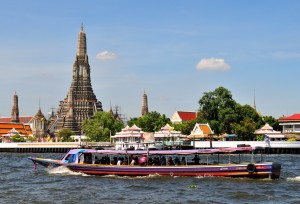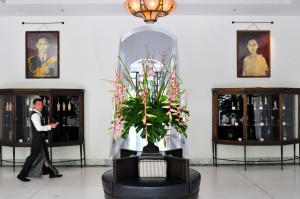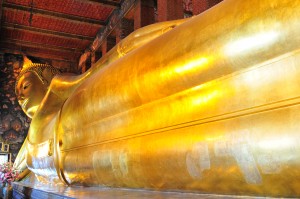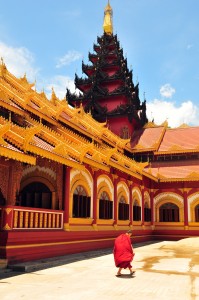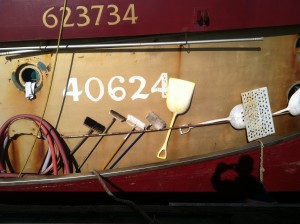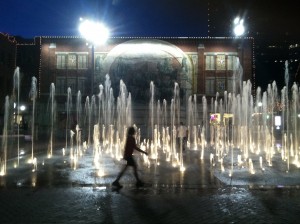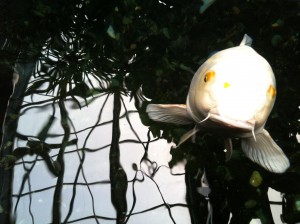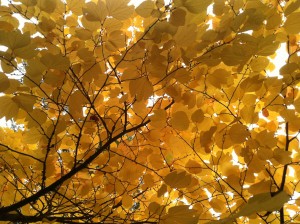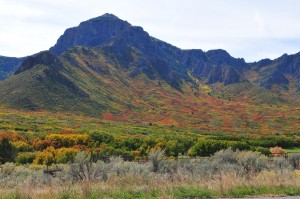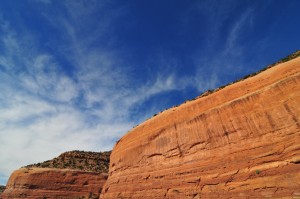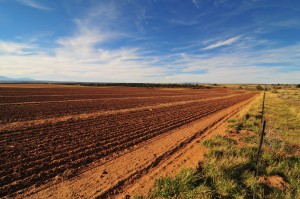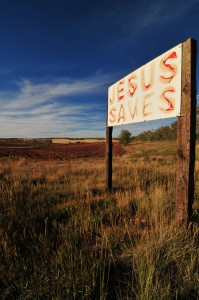The best way to keep my Bali memories going – especially in the midst of a mid-February cold spell – before I write my upcoming feature: two posts on The Virtuoso Life blog. The first, a photo essay on the country’s beauty; the second, a focus on the best breakfast I’ve ever had.
Category Archives: Photography
Beautiful Bali
Just back from Bali (and, great stays at The Ritz-Carlton, Bali and Mandapa, a Ritz-Carlton Reserve). Photos at every turn, but I was able to “narrow it down” to under 50 (yes, 49) for this new gallery.
Scenes of South Africa
Just back from a South Africa tour led by National Geographic Expeditions with G Adventures. Still working on my story, but for now, visit my new South Africa gallery to see a few favorite sights witnessed while on safari and in Cape Town.
Colombia on the Cusp
For decades sidestepped by most American travelers, Colombia is now a country on the cusp. Following years of violence, it is now “a beacon of stability in Latin America that’s peacefully shedding the nightmares of its past for a greater future,” says Big Five Tours & Expeditions’ president Ashish Sanghrajka. I recently had the good fortune to explore the capital of Bogotá and Cartagena’s sixteenth-century Old City with Sanghrajka and Big Five just as the Colombian government adopted an accord that ended a 52-year conflict with the country’s rebel forces. When you go: Expect your fears to be allayed and to quickly fall in love with Colombia’s people, culture, and natural splendor. But first: Check out a few of my favorite finds in Bogotá and Cartagena in “If You Go to Colombia, You’ll Long to Go Back,” written for The Virtuoso Life blog, along with my new Colombia photo gallery.
(*story excerpts included in post)
Close to Home
True, today’s home pages can be as ephemeral as cherry blossoms (yes, spring, finally, is showing its first signs here in Seattle). But I’m happy that Zegrahm Expeditions gave this sally lightfoot crab (from my Galápagos gallery) the spotlight for a recent spell on its new website. Also glad that they were able to resurrect this pic for their Instagram feed and Facebook cover photo in February. Many thanks, Zegrahm.
Instagram: Sharing the Love
Deep gratitude to two of my friends, Andrew A. (@universal_panic) and Mackenzie S. (@pineandcrave), for showing me the light and motivating me to get on Instagram. Yes, I admit it, I eschewed this particular social medium for too long (“devalues photos” … “even more time on our phones” … “nothing’s left to the imagination”), but where I once was blind, I now can see. Or, better: Where else can I see (in a matter of minutes and scrolls) everything from classic, perfectly crafted photos from road trips in the U.S. Southwest (@matthewehrmann) to inspiring pictures posted by an organization that’s working to invest in the dreams and businesses of coffee farmers in Rwanda (@kulaproject)?
And yes, there’s also the personal reach, and the gratification that comes from having your images shared and seen by so many that might otherwise never have seen them. Not only by one’s “followers,” but through permitted reposts and repurposing of photographs, including two of my own travel shots shown here: blue footed boobies in the Galápagos (above), posted by Lindblad Expeditions on its website and the Scat Jazz Lounge (below), posted by the Fort Worth Convention & Visitors Bureau on FortWorth.com.
An Act of Faith
“Faith,” said Saint Augustine, “is to believe what you do not see; the reward of this faith is to see what you believe.” National Geographic’s current Your Shot assignment, Faith, has me thinking a lot about the subject, Saint Augustine’s words, and this photo, taken at Jerusalem’s Church of the Holy Sepulchre.
After traversing the Old City’s Via Dolorosa (the path Christ is believed to have walked to his crucifixion), a pilgrim stands for a moment to behold the spot where her savior is said to have been laid to rest. What is she seeing, what is she believing at this moment, presumably one of the more powerful of her life? What is her reward? That this pilgrim is partially shrouded in shadow feels appropriate: Beyond any religion, faith, I believe, is personal, its power and presence lies ultimately in the individual experience.
Photographers: NG’s Your Shot assignment ends October 3. Post your pics and see all other submissions (9,529 and counting) here, and view a few more of my faith-inspired photos, from Jerusalem’s Old City to the Andean cloud forest, at my new Faith gallery.
The Humans
More than anything, it is the people we encounter and share time with that shape our lives, our travels, and our selves. From safaris in Kenya’s Shompole region to temples in South Korea to sacred moments in my own home, the photos that I’ve taken of people have always proven to be the most challenging, but also the most meaningful and memorable for me. Recently I compiled a few of my favorites; to view the complete gallery, visit The Humans.
The iPhone Five (III)
I’m going vertical for round three. For additional context, to read more about the smartphone revolution, and to see my first installment of this series, visit The iPhone Five (11/24/13). Round two (3/21/14) can be viewed at The iPhone Five (II).
From top: Fog-shrouded evergreen (Sunset Hill, Seattle, WA), The Siam hotel (Bangkok, Thailand), Ballard Centennial Bell Tower (Marvin’s Garden, Seattle, WA), old truck (Ballard, Seattle, WA), Anya devouring watermelon (our backyard, Seattle, WA).
Bangkok: Blessed and Buddha-ful
The best travels teach us something, and today my lesson is this: It’s an absolute shame that I scheduled only a single day in Bangkok to conclude my week in Thailand. “Bangkok is no longer a bookend destination,” asserts Jason Friedman, GM of The Siam hotel where I’m staying, as I concede my misstep and hear his suggestions for exploring the surrounding Old Town. “It is the destination.”
So true, I’m quickly finding. Today, all before dinner, I’ve stepped into The Siam’s professional ring for an authentic Muay Thai lesson; wandered secret (read: tourist free, aside from me) alleys, temples, and street food markets in the historic Dusit district; and streamed up and down the Chao Phraya river in the hotel’s water shuttle en route to Bangkok’s night flower market and Wat Pho, or the Temple of the Reclining Buddha.
At roughly 150 feet long and 50 feet high, Wat Pho’s immense, gold plated statue portrays the passing of the Buddha into nirvana, or his release from suffering and the cycle of rebirth. The state sounds perfectly blissful, I confess, but not before I have the chance to return to this city – something I now hope to do as many times as I can.
For more photos of the Reclining Buddha, Bangkok’s Old Town, and my stay in the Golden Triangle, visit my Thailand gallery.
120 Minutes in Myanmar
If achieving longstanding goals is truly good for the soul, then today I’m pleased to have realized two: 1) visiting Myanmar, and 2) arriving in a country by walking across its border – rather than simply “parachuting” in via its airport (see numerous criticisms in the Paul Theroux canon).
Thanks to a guided tour provided by the Anantara Golden Triangle Elephant Camp & Resort in northern Thailand, I had the fortune – all in a single day – to visit thirteenth-century ruins in the surrounding town of Chiang Saen, take a long-tail boat ride along the Mekong for a stop on the Laos island of Don Sao, and cross a bridge spanning the Ruak River from Mae Sai on the Thai border to Tachileik for an exceptional – albeit brief – two-hour glimpse of eastern Myanmar.
So much bustle, chaos, and dust stirred from tuk-tuks and motorbikes in both border towns eventually led to some stillness and peace at Phra Jow La Keng (shown above), a 90-year-old Buddhist temple that doubles as an orphanage. I’ve posted a few more photos of the chaos and peace I experienced today – mostly as a reminder that I need to return for a more thorough stay – in my Myanmar gallery.
The iPhone Five (II)
Time for round two. To view my first segment of this series (and read more about the smartphone revolution), see my 11/24/13 post, The iPhone Five.
From top: Vintage ride (Gateway Canyons Auto Museum, Gateway, CO), mushroom (Green Lake, Seattle, WA), boat (Fishermen’s Terminal, Seattle), fountain (Sundance Square, Fort Worth, TX), Anya with hot chocolate (San Juan Island, WA).
Life Lessons in Photography
Break rules. Experiment with water. And fire. Seek out different perspectives. Rise before dawn. Arrive early, stay late. Go behind the scenes. People aren’t hopeless, even in their darkest moments. Humanize a concept (for example, coffee or coal). We all underestimate how much we have inside us. Slowing down will open doors that were not open before. Spend time with people. Get to know them. Celebrate their lives. Tell their stories and remember to give something back. Go beyond the superficial. Embrace what scares you. Don’t be afraid to step forward when there’s something you want….
I’ll be forever indebted to photojournalists Melissa Farlow and Ami Vitale for the sagacity they shared while hosting yesterday’s National Geographic seminar on Storytelling Photography. Held at the Seattle Public Library, the seminar shed light on topics that ranged from developing compelling story angles to sharpening technical skills to demonstrating compassion and sensitivity within the cultures we photograph.
Over the course of the seven-hour seminar, what resounded most consistently, however, was the wisdom that both photographers have clearly garnered throughout their careers. As each demonstrated through her words and images, the lessons that photography provides and the lessons we most need to learn in life very often coalesce – and it is precisely within this confluence that we find the most beautiful photographs.
See each photographer’s life work at olsonfarlow.com and amivitale.com. More on National Geographic’s Photography Seminars can be found here.
The iPhone Five
“Today, with the explosion of camera apps on our smartphones, we’re all photographers,” says writer James Estrin, “and pretty good ones at that, since the quality of smartphone images now rivals that of digital cameras.” Truth be told, I was a reluctant convert, but Estrin’s recent article, “The Visual Village,” has helped show me just how significant a role smartphone cameras have played in expanding and reshaping the world, my own little sphere included.
In his article, which appeared in National Geographic’s October 2013 Photo Issue, Estrin adds: “There’s something powerful and exciting about the society-wide experiment the digital age has thrust upon us. [Smartphone cameras and social media] make it easier to tell our own stories–and they empower others to do the same. Many members of the media get stuck on the same narratives … and in the process miss out on the less dramatic images of daily life that can be as revealing.”
Embellished by smartphone photos taken from people around the globe, Estrin’s article also illustrates the many pros that this “democratization of photography” has spawned. True, the digital age has yielded a surfeit of selfies and images of people’s dinner plates that we could probably live without. But it’s also revealed stunning scenes of both beauty and brutality (in some cases even helping to bring down despotic regimes) that, in years past, would have gone unseen by the world at large.
While my conversion isn’t complete – I don’t intend to abandon my beloved Nikon DSLR and lenses anytime soon – Estrin’s insights also exemplify what I’ve most loved about my smartphone ever since my generous neighbors, the Nobles, took pity on me (I was too long trapped in the past with an antiquated flip phone) and gave me their extra iPhone: the ease it affords to capture and instantly disseminate what impresses me in my own diurnal routines.
“The Visual Village” also inspired me to share some of these shots, five at a time, in a recurring post, beginning now. Long live the smartphone revolution.
From top: Koi (Swansons Nursery, Seattle, WA), Japanese maple (Seattle Japanese Garden), octopus suckers (Seattle Aquarium), brushes (Fishermen’s Terminal, Seattle), Anya in awe (Carkeek Park, Seattle).
On the Road Again: Gateway to Durango, Colorado
My god it feels good to be streaming solo across the American Southwest again (it has been years), surrounded only by space and time. Physicists have yet to explain where either phenomenon comes from, a mystery which is of course understandable to those of us with families and fulltime jobs. But today I was able to find both (along with a healthy dose of silence) while traveling the vast and vacant roads of Western Colorado.
Today there was no music, no computer monitors, no meetings, no text messages to distract my thoughts as the scenery passed from mountains clad in autumnal oak brush to red-rock canyons covered in sage to recently tilled farmland boasting religious slogans of the purported saved.
Such landscapes (and especially the exquisite late afternoon sunlight near Cortez) called for breaking out my wide-angle lens (Tokina 11-16mm f/2.8), and, something I fear I’m able to do even less often these days: stopping, momentarily stepping away from things, and seeing.

